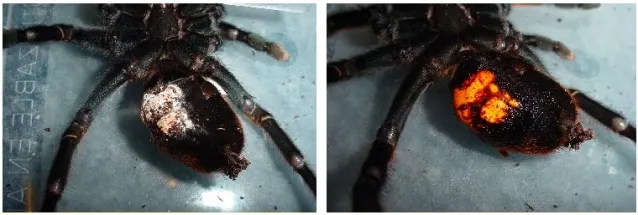What are Nematodes and Why They’re a Threat?
Nematodes, often called roundworms, are microscopic, unsegmented worms belonging to the phylum Nematoda. They are among the most diverse and abundant animal groups on Earth, thriving in various environments, from soil and water to inside the bodies of plants and animals. While many nematodes are harmless or even beneficial, some species pose a significant threat to tarantulas, acting as internal parasites that can severely impact their health and survival. Understanding the nature of nematodes and their potential to cause harm is the first step in protecting your tarantula companion. These parasites can wreak havoc on a tarantula’s internal systems, leading to a range of health problems. The presence of nematodes disrupts the delicate balance of the tarantula’s bodily functions, making it vital for tarantula owners to be aware of the risks and take proactive measures.
The Biology of Nematodes
Nematodes possess a simple yet effective body plan. They typically have a cylindrical shape with a tough, flexible outer layer called a cuticle that protects them. They lack a circulatory or respiratory system. Instead, they rely on diffusion for gas exchange and nutrient transport. Reproduction in nematodes can be sexual or asexual, with many species having complex life cycles that involve multiple stages of development. The nematodes that affect tarantulas usually have a direct life cycle, where the infective stage is ingested by the tarantula. Inside the tarantula, the nematodes mature, reproduce, and cause damage to the host’s tissues and organs. The specific species of nematodes that parasitize tarantulas vary. These nematodes feed on the hemolymph and tissues, leading to a decline in the tarantula’s health. Their biology and life cycle are crucial to understanding how they infect tarantulas and how to control their spread.
How Nematodes Infect Tarantulas

Tarantulas become infected with nematodes through several routes. The most common is through the ingestion of contaminated food or water. Nematode eggs or larvae may be present in live prey items, such as crickets or mealworms, or they can be in the substrate. Once ingested, the nematodes can hatch and invade the tarantula’s gut. They may also penetrate the tarantula’s exoskeleton if there are any open wounds or injuries. Environmental factors also play a role; poor hygiene in the tarantula’s enclosure can promote the growth of nematodes. Additionally, if the tarantula’s immune system is compromised due to stress, poor nutrition, or other illnesses, it becomes more susceptible to infection. Understanding the transmission methods helps in preventing nematode infestations. Thoroughly inspecting food items, maintaining a clean enclosure, and providing a stress-free environment are crucial for minimizing the risk of infection in your pet tarantula.
Recognizing the Signs of Nematode Infestation in Tarantulas
Identifying a nematode infestation early is vital for successful treatment. However, the signs can be subtle, especially in the early stages of infection. Observing your tarantula carefully and being aware of changes in its behavior and appearance is important. Some key indicators of nematode infestation include lethargy, decreased appetite, abdominal swelling, and changes in the molting process. It is important to be vigilant. If you suspect your tarantula has a nematode infestation, seeking veterinary attention promptly is critical to prevent the condition from worsening and causing more severe health issues for your pet. Remember, early detection and intervention are key to a favorable outcome.
Lethargy and Decreased Appetite
One of the first signs of a nematode infestation can be a noticeable decrease in the tarantula’s activity level. The spider might become less responsive, spending more time motionless or hiding in its burrow. Simultaneously, the tarantula’s appetite might wane, and it may refuse to eat its usual food, even if it is a food it normally loves. It is important to monitor your tarantula’s feeding habits and activity. If your pet begins to exhibit these behaviors, a veterinary checkup is a must.
Abdominal Swelling and Discoloration
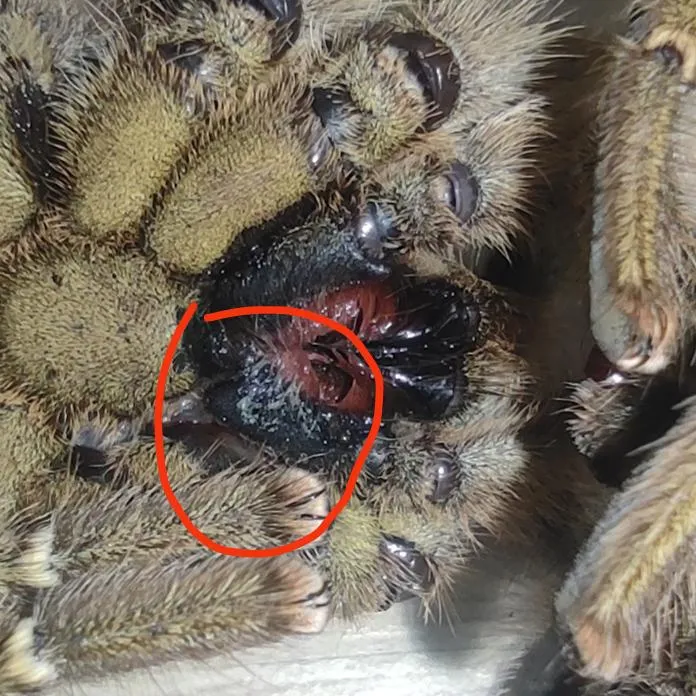
As nematodes multiply and cause damage inside the tarantula, the abdomen may begin to swell. This swelling can be a sign of inflammation, fluid buildup, or tissue damage caused by the parasites. Moreover, the abdomen might show discoloration, appearing darker or lighter than usual. These visual changes, accompanied by lethargy and appetite loss, suggest a health issue that requires immediate attention. Swelling and discoloration in the abdomen are strong indicators of internal distress. Consulting with a veterinarian is necessary.
Changes in Molting Process
Nematode infestations can interfere with the molting process, which is essential for tarantula growth and health. Infected tarantulas might struggle to shed their exoskeletons, experiencing a prolonged or incomplete molt. This can manifest as the spider getting stuck in its old skin or displaying unusual behaviors. Such issues during molting indicate internal health problems, potentially caused by nematodes. Therefore, if your tarantula has molting issues, seeking expert advice to address the underlying cause is very important.
Preventative Measures for Tarantula Owners
Prevention is critical in safeguarding your tarantula from nematode infestations. Employing proactive measures can greatly reduce the risk of these parasites affecting your pet. Some essential preventive steps include quarantine and observation of new tarantulas, maintaining a clean environment, and ensuring proper substrate and hygiene practices. Taking these steps is a good way to keep your tarantula healthy.
Quarantine and Observation
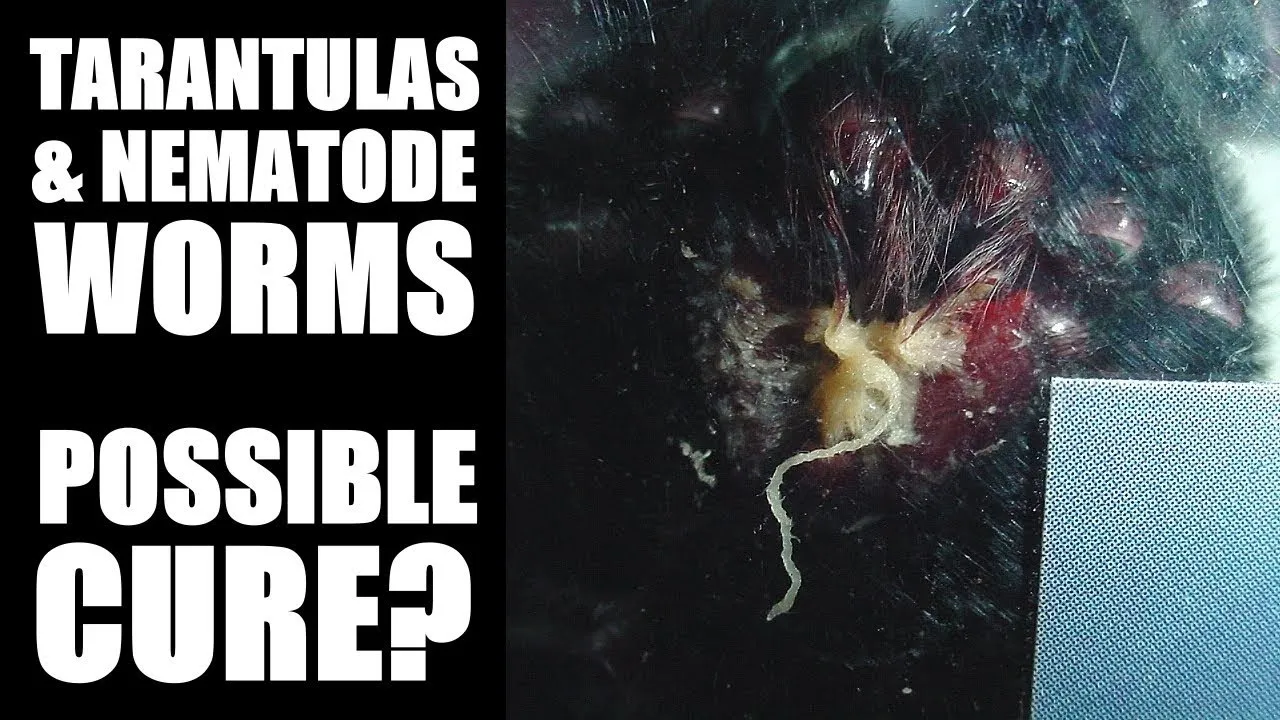
Whenever you introduce a new tarantula to your collection, quarantine it in a separate enclosure for at least a few weeks. During this period, observe the spider for any signs of illness, including those indicative of nematode infection. Quarantine allows you to monitor the spider’s health closely. This practice prevents the spread of potential parasites to other tarantulas. Regular health checks during this time can catch any health issues early, ensuring they do not spread. Additionally, quarantining the tarantula for observation is a preventive measure to secure the health of other spiders.
Maintaining a Clean Environment
Keeping your tarantula’s enclosure clean is vital for preventing nematode infestations. Regularly remove any uneaten food, shed exoskeletons, and fecal matter. These can be breeding grounds for nematodes and other harmful organisms. Thoroughly cleaning the enclosure at regular intervals with a reptile-safe disinfectant can further eliminate potential parasites. By maintaining a clean environment, you reduce the risk of parasite outbreaks, thus protecting your tarantula. Proper hygiene in the tarantula’s habitat can protect your pet from infections.
Proper Substrate and Hygiene
The choice of substrate and how you maintain it is crucial in preventing nematode infestations. Use a substrate that is appropriate for your tarantula species, such as coco fiber or peat moss. Replace the substrate regularly, as nematodes can live and multiply within it. When handling the substrate or cleaning the enclosure, use gloves and wash your hands thoroughly afterward to prevent the spread of any potential parasites. Maintaining hygiene with proper substrate care is essential for keeping your tarantula safe and healthy. Proper hygiene and substrate management are central to preventing nematode issues.
Treatment Options for Nematode Infestation
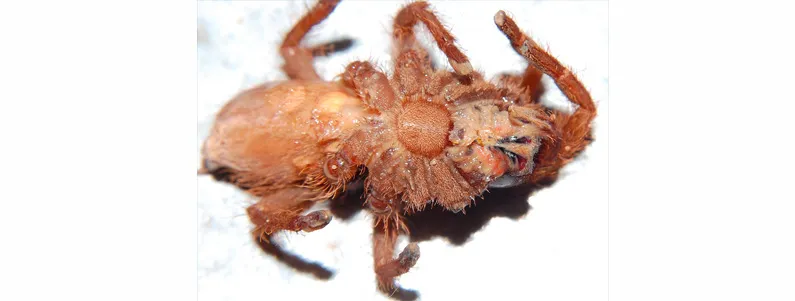
If you suspect your tarantula has a nematode infestation, seeking professional veterinary care is essential. While some anecdotal remedies are available online, the effectiveness of these is not proven, and they may be harmful. A veterinarian can diagnose the infestation accurately and recommend an effective treatment plan, often involving medication and supportive care. Prompt and appropriate treatment is critical for improving your tarantula’s chances of recovery and long-term health. Remember, self-treating can be risky, so always rely on professional guidance for the best outcome.
Consulting a Veterinarian
The first step in treating a nematode infestation is to consult a veterinarian experienced in treating exotic animals. They can perform diagnostic tests, such as fecal exams, to confirm the presence of nematodes and identify the species. A veterinarian can accurately assess the severity of the infestation and the overall health of the tarantula. The correct diagnosis is the base for the most appropriate treatment plan. Furthermore, a veterinarian’s expertise can ensure your tarantula gets the best possible care. They can provide guidance on medication and aftercare to increase the chances of successful recovery.
Medication and Treatment
Depending on the type of nematode and the severity of the infestation, your veterinarian might prescribe medications to eliminate the parasites. These medications are typically administered orally or through injection. Following the veterinarian’s instructions carefully is very important to ensure the treatment’s effectiveness and safety. Your veterinarian will provide the treatment plan, which may include supportive care such as hydration and nutritional supplements to support the tarantula’s recovery. Regularly monitoring the tarantula and making necessary adjustments is important during treatment to ensure effectiveness.
Post-Treatment Care and Monitoring
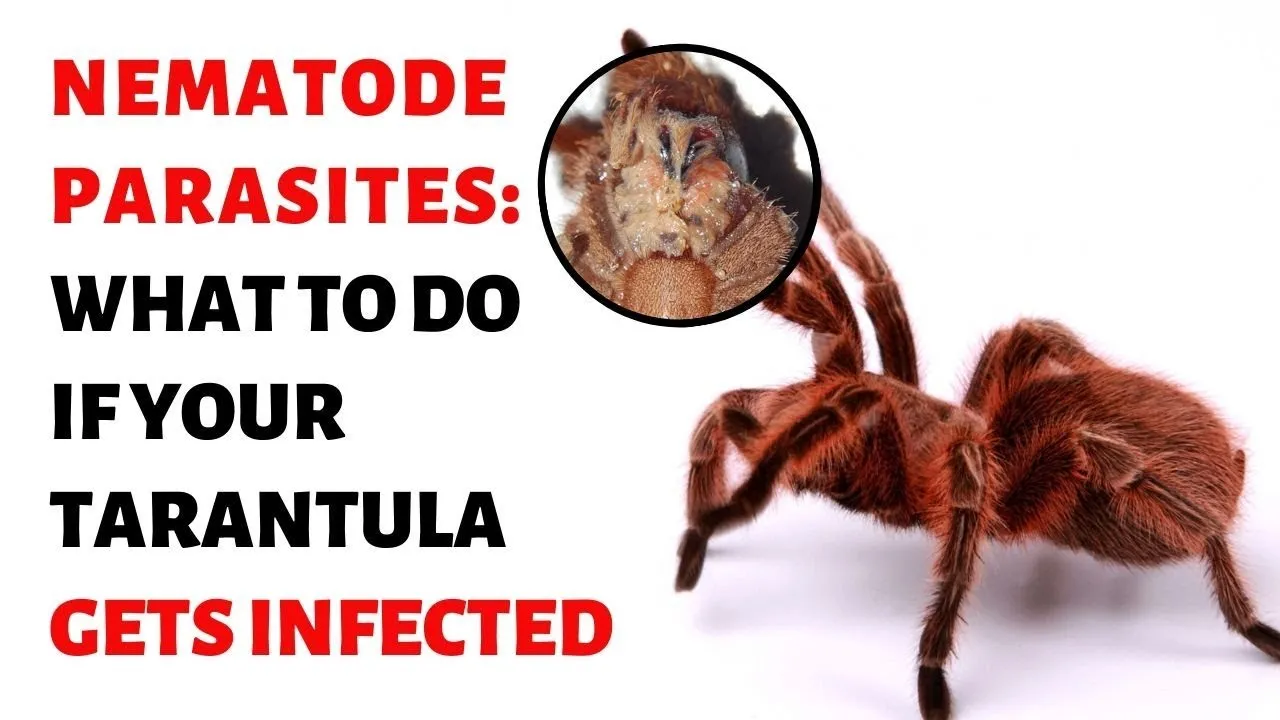
After treatment, your veterinarian will provide aftercare instructions. This might involve keeping the tarantula in a clean environment and monitoring its health closely. Watch for any signs of recurrence. Regular follow-up exams may be scheduled to ensure the nematodes are eliminated completely. Providing proper nutrition and maintaining a stress-free environment are also essential. By following these guidelines, you can support your tarantula’s recovery and prevent future infestations. Remember, post-treatment care helps your tarantula’s long-term health.
The Long-Term Impact of Nematodes on Tarantulas
Nematode infestations can have a range of long-term impacts on tarantulas, affecting their overall health, lifespan, and reproductive capabilities. The severity of these effects depends on the type of nematode, the extent of the infestation, and the tarantula’s individual health status. Understanding the potential long-term consequences of nematode infections is critical. This knowledge will help you appreciate the significance of prevention, early detection, and prompt treatment in safeguarding your tarantula’s well-being.
Survival and Recovery
The survival rate of a tarantula with a nematode infestation depends on how quickly the condition is diagnosed and treated. Early intervention increases the likelihood of a full recovery. With appropriate veterinary care and supportive measures, many tarantulas can survive and regain their health. However, even with treatment, some tarantulas may experience lingering health issues or complications. Thus, regular veterinary checkups are recommended to ensure health.
Breeding and Reproduction

Nematode infestations can severely affect a tarantula’s ability to breed and reproduce. Infected tarantulas may experience decreased fertility. They might produce fewer eggs or have a lower success rate with mating attempts. Additionally, the health of the offspring can be impacted. They might be born with weakened immune systems or be more susceptible to parasites. To preserve breeding and reproduction capabilities, it is essential to ensure that all breeding tarantulas are healthy and free from any nematode infections. This ensures the best outcomes for both the parents and their offspring.
Preventing Future Infestations
Preventing future infestations is central to protecting your tarantula’s long-term health. Maintaining a clean environment, quarantining new tarantulas, and using high-quality food and substrate can significantly reduce the risk of nematodes. Regular health checks and monitoring are also important. This will help you quickly catch any potential infections and act accordingly. Moreover, staying educated about the causes and signs of nematode infestations is a great way to safeguard your pet. This knowledge will help you provide the best care possible for your tarantula and ensure it lives a long, healthy life.
Conclusion
Nematodes pose a real threat to tarantulas. By understanding the biology of nematodes, recognizing the signs of infestation, and implementing preventive measures, you can protect your tarantula from these harmful parasites. Early detection, appropriate veterinary care, and diligent aftercare are essential for ensuring your tarantula’s health and longevity. Always prioritize your tarantula’s well-being. By taking proactive steps, you can create a safe and healthy environment where your tarantula can thrive.
